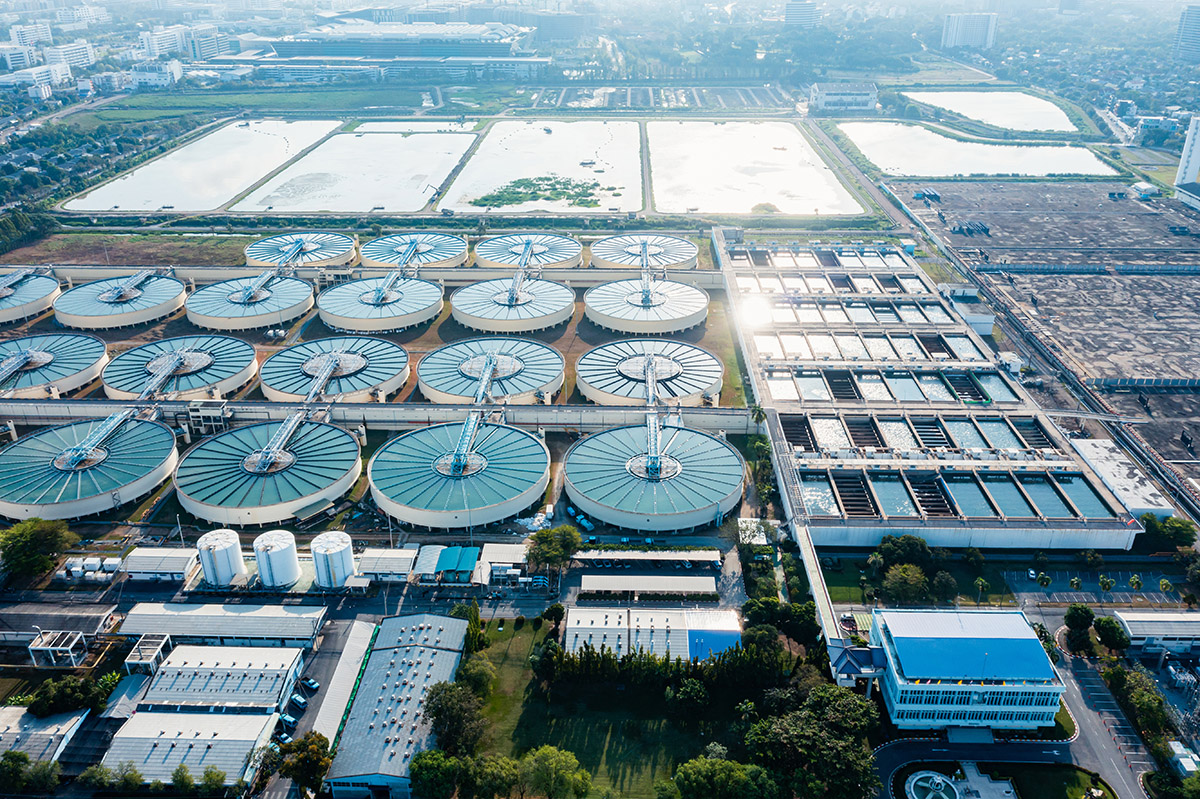Brightening Our Days Through Kindness Deeds Carried Out Every DayBrightening Our Days Through Kindness Deeds Carried Out Every Day
When it comes to any sort of relationship, the smallest details are the ones that have the greatest impact. In the same way that a few drops of water can fill a big jar, small acts of kindness, such as making coffee in the early morning, carrying out a chore around the house without being asked, or offering a reassuring hug at the end of a long day, are little acts of generosity. These actions resemble the warm rays of sunshine that bring light and joy into our lives. They resemble the sunshine they bring according to https://www.techplanet.today/post/6-things-you-should-try-with-your-escort.
By making an effort to show our partners that we care, that we are compassionate, and that we are thoughtful, we contribute to the development of an environment that is filled with love and positivity. Envision getting back from a long day at work to find that your partner has actually prepared your favorite meal or that they have run a bath for you to relax in. This would be a wonderful surprise. The truth that we are liked and valued is brought home to us by these kind and thoughtful interactions according to Hertfordshire escorts.
Take into account the following situation: you have had a stressful day, and when you walk into the cooking area, you discover a note from your partner stating, “You are remarkable, ” in addition to a cup of tea awaiting you. It is such a simple action, but it has the potential to totally change your day. Even relatively irrelevant jobs, such as taking care of something that your partner typically manages or unexpected them with their preferred treat, can entirely change the state of mind of the day.
The purpose of these seemingly insignificant actions is not merely to make life easier; rather, they are to make life better. They reveal us that we are not alone in browsing the challenges that life throws at us; we have a buddy who is willing to share those concerns with us and make the journey more cheerful.
The Research That Supports the Concept of Kindness
Acts of generosity carried out daily have been shown to have a significant effect on the level of fulfillment experienced in relationships. Scientists have found that after taking part in everyday acts of compassion, 78% of couples reported a boost in the level of satisfaction they experienced in their relationship. 85 percent of participants reported an improvement in communication, and 92 percent reported a total favorable effect on the happiness of their relationships.
Complimenting one another, surprising one another with small presents or acts of service, and spending quality time together are all examples of small gestures that contribute to the advancement of a nurturing and helpful environment within the relationship.
